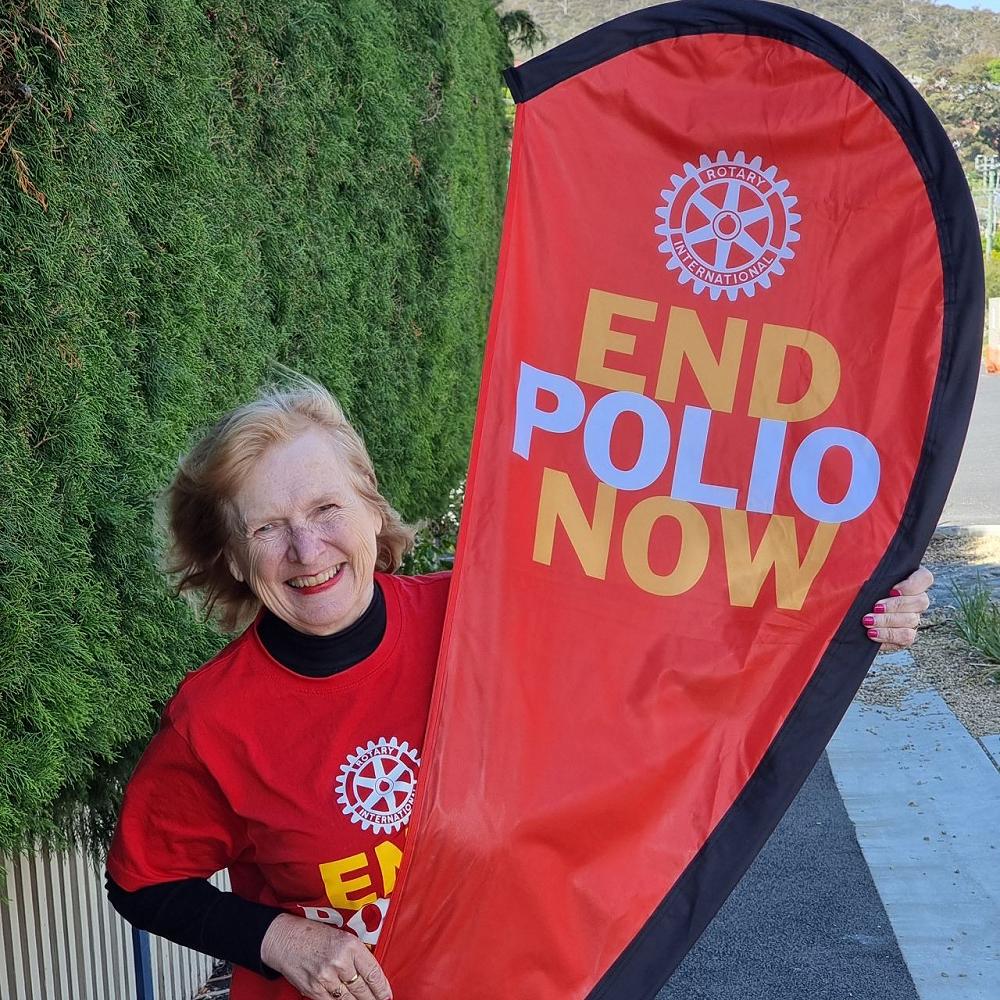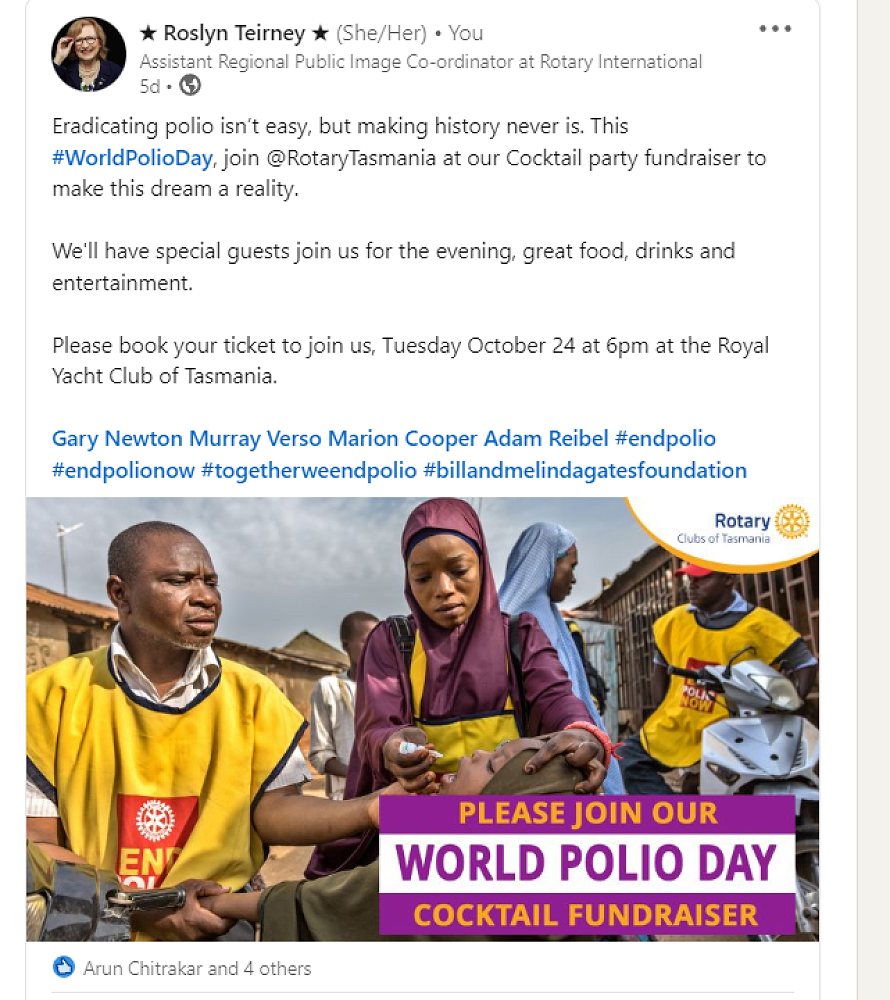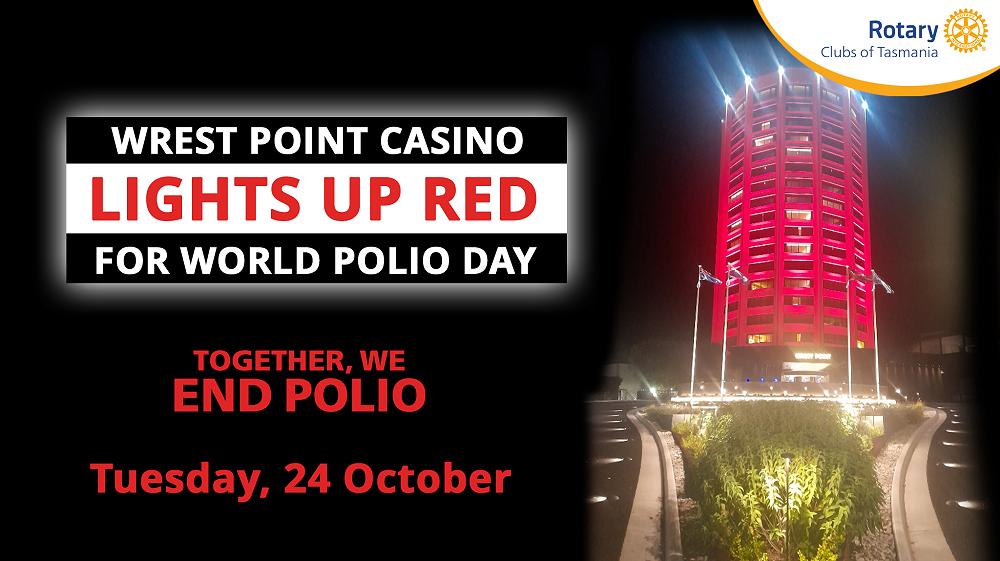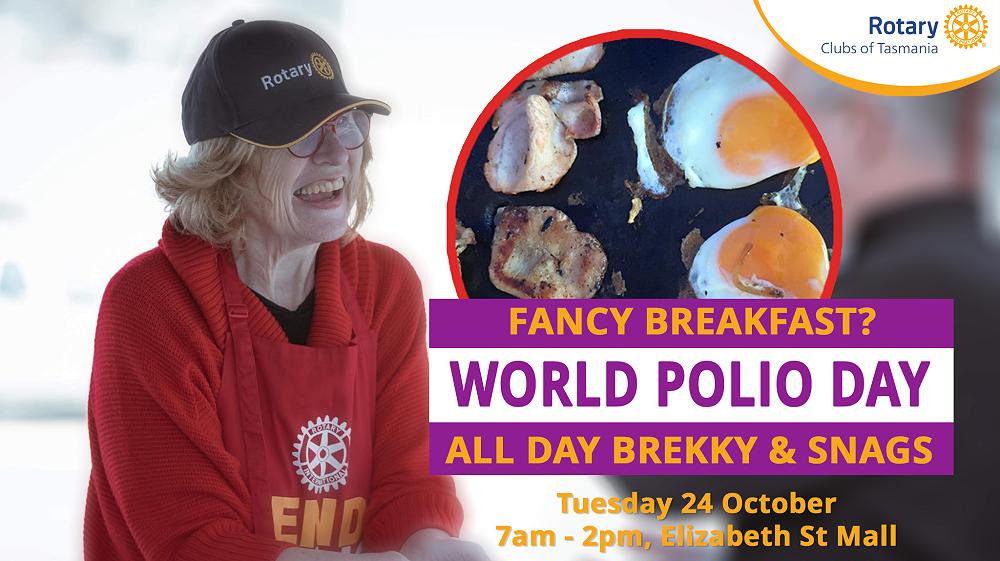
TAGGING AND HASHTAGGING
If you volunteer as a social media content developer for your Rotary club or district, you know that one of your goals is to help expand our reach.
Article by PP Roslyn Teirney, Assistant Regional Public Image Coordinator
You don’t need to invent the “Expand our reach” wheel. The social media system of tagging and hashtagging has that well and truly covered. As long as you are curious and interested in being influenced by what works on your page and pages you admire and enjoy, you can easily learn about the value of tagging and hashtagging.
Rotary marketing support staff make it easy for public image volunteers as many of the most valuable hashtags are listed on My Rotary.
This month, for example, let’s think about World Polio Day. When we post about World Polio Day, we are guided by the fact-checked media tips on the endpolio.org website. That spells out the three most popular hashtags - #endpolio, #endpolionow and #worldpolioday.

Depending on what is happening at your club, you might choose to tag key Rotary leaders, hoping they might like, share or comment on your post. A tag is often a person’s name or it could be a business name, a location or an event. @wrestpoint @tasmanbridge @wpdalldaybrekky #raiseforrotary


Simply writing someone’s name in your post does not mean that you have tagged them. One way of tagging is to add the @ symbol at the start of the name - @GaryNewton or @MurrayVerso for example, to continue our World Polio example. Another way to tag is to click the tag icon in the template (near the Checkin icon) and then type in the person you want to tag.
Tagging means that your post will be seen by many more people than just a proportion of your own friends. That’s why it is a really good idea and a habit worth forming. To Baby Boomers who have often heard the messages “Speak clearly” and “Don’t use jargon or abbreviations” tags can seem superfluous and even confusing but you see them a lot, because they work.
Hashtagging is vital for communicating via some social media sites. Instagram allows up to 30 tags per post. Hashtagging is also popular on TikTok and LinkedIn. It is less necessary on Facebook, but still helpful at times.
Hashtags can be very powerful at events. Before a conference, let delegates know the particular hashtag you will use to promote the conference. It might be your conference theme #youarewelcome or #leadershipinaction. An alternative is a combination of the location, year and district number, such as #warrnambool2024 or #warrnambool9820 or even something quirky such as #9820lasthurrah .
The value of deciding ahead of time what the hashtag will be is that you have time to check it to see that people who search on that combination of letters will not turn up anything inappropriate. Also you can publicise the hashtag and encourage people to use it so that you can gather in everyone’s photos, and see what people are saying about your event. You may even create an incentive for people to use the event hashtag by giving out lucky draws from the stage for those whose posts include the tag.
Have a look at what pages with big followings are doing and put into practice a few of the tags and hashtags you feel comfortable to try.
Gallery
